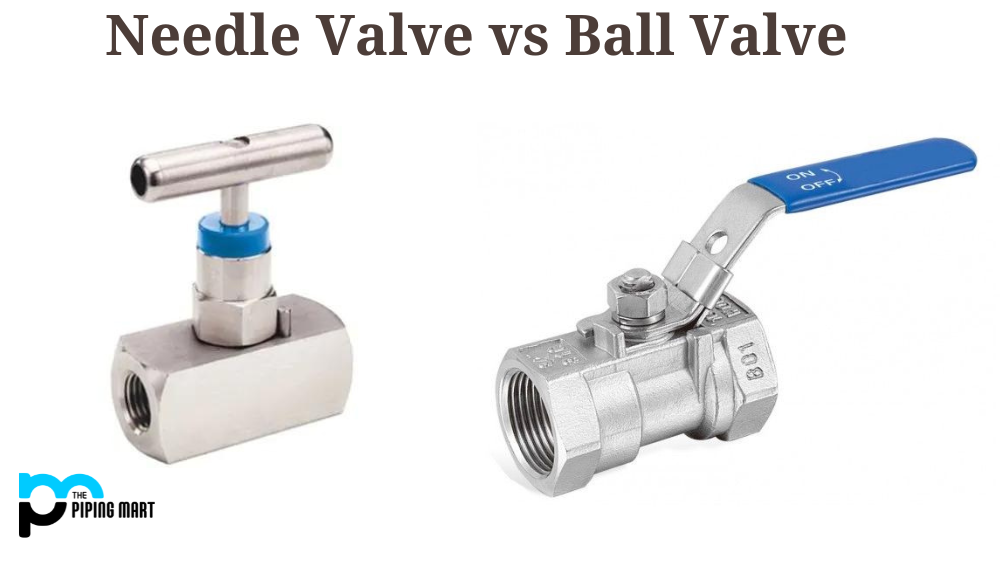Valves are essential components of any plumbing system. Many valves are available; it can take time to decide which is best for your needs. One common type of valve is the ball valve, which has been around for decades. However, consider a needle valve, which offers some distinct advantages over the traditional ball valve design. Let’s look at the differences between these two types of valves so that you can make an informed decision about which is right for you.
Difference Between Needle Valve and Ball Valve
The main difference between needle valves and ball valves is that needle valves have a pointed tip that can be used to regulate the flow of fluid by piercing the sides of the pipe, while ball valves have a spherical shape that allows them to be opened and closed to regulate the flow of fluid.
Difference in Design
A ball valve consists of a handle attached to a spherical core that moves up and down inside the pipe. The core movement opens or closes off a hole through which water or other fluid passes. This design allows for quick and easy operation and makes it easy to determine whether the valve is open or closed by looking at the handle position.
Needle valves, on the other hand, use a long stem with a sharp point at its end (hence the name). When opened, this stem moves up and down to regulate flow; when closed, the pointed tip seals against an adjustable seat inside the pipe. This design offers more precise control than ball valves because it can be adjusted to allow only very small amounts of fluid to pass through. Additionally, needle valves tend to have longer lifespans than their ball counterparts due to their ability to seal when closed tightly.
Different Uses
Ball valves are typically used in residential applications for their ease of use and low cost; they are also popular in commercial settings due to their durability and reliability. Needle valves are often used in industrial settings where precise control is needed or where high pressures must be controlled accurately; they are also commonly found in laboratory settings where delicate experiments require exacting flow rate measurements.
- Needle valves are used to control the flow of fluids in a pipe.
- Ball valves are also used to control the flow of fluids in a pipe.
- Needle valves are more precise than ball valves and can be used to control fluid flow in a pipe more.
- Ball valves are less expensive than needle valves and are more commonly used in household applications.
Conclusion:
Needle and ball valves each offer unique benefits depending on your application requirements. Ball valves are more affordable and user-friendly, while needle valves offer greater precision and durability; both types provide reliable performance when used correctly in appropriate applications. Ultimately, it comes down to what you need from your valve system—so make sure you understand your needs before deciding which type is best for your situation!

A passionate metal industry expert and blogger. With over 5 years of experience in the field, Palak brings a wealth of knowledge and insight to her writing. Whether discussing the latest trends in the metal industry or sharing tips, she is dedicated to helping others succeed in the metal industry.




